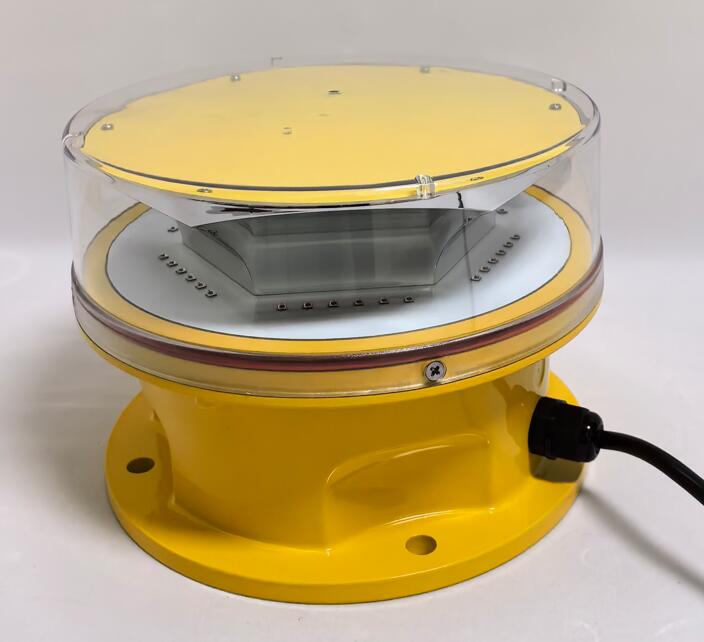In the vast and complex world of aviation, safety is paramount. Among the many elements that ensure safe air travel, tower lights aviation systems play a crucial yet often overlooked role. These lighting systems guide pilots during takeoff, landing, and ground movements, reducing risks in low-visibility conditions. This article explores the significance, types, and technological advancements of tower lights aviation, highlighting their indispensable contribution to modern air travel.
The Importance of Tower Lights in Aviation
Airport control towers rely on sophisticated lighting systems to communicate with aircraft, especially during nighttime operations or adverse weather. Tower lights aviation systems serve multiple purposes:
Enhancing Visibility – High-intensity lights ensure that runways, taxiways, and obstacles are clearly visible to pilots.
Providing Navigation Guidance – Different light colors and patterns help pilots identify runways, approach paths, and restricted zones.

Improving Safety in Low Visibility – During fog, rain, or snow, tower lights aviation systems become critical for safe landings and takeoffs.
Without these systems, the risk of runway incursions, collisions, and misalignments would increase significantly.
Types of Aviation Tower Lights
Several specialized lighting systems are used in aviation, each serving a distinct purpose:
1. Runway Edge Lights
These white lights outline the edges of runways, helping pilots maintain alignment. At the runway’s end, the lights transition to red, indicating the threshold.
2. Approach Lighting Systems (ALS)
Located at the runway’s approach end, ALS provides visual guidance for descending aircraft. These lights often include sequenced flashing strobes, known as "rabbit lights," to enhance visibility.
3. Taxiway Lights
Blue lights mark taxiway edges, guiding aircraft to and from runways. Green centerline lights assist in maintaining proper alignment during ground movements.
4. Obstruction Lights
Red or white flashing lights are installed on tall structures (e.g., towers, buildings) near airports to warn pilots of potential hazards.
5. Beacon Lights
Rotating beacons atop control towers emit powerful flashes, helping pilots identify airports from a distance.
Technological Advancements in Tower Lights Aviation
Modern tower lights aviation systems incorporate cutting-edge technology to improve efficiency and reliability:
LED Lighting – Energy-efficient and long-lasting, LEDs have replaced traditional incandescent bulbs in most aviation lighting systems.
Smart Control Systems – Automated lighting adjustments based on weather conditions and aircraft movement enhance operational precision.
Solar-Powered Lights – Remote airfields now use solar-powered tower lights aviation systems, reducing dependency on electrical grids.
These innovations ensure that aviation lighting remains robust, sustainable, and adaptable to future challenges.
Regulations and Standards
To maintain uniformity and safety, international aviation bodies like the International Civil Aviation Organization (ICAO) and the Federal Aviation Administration (FAA) enforce strict guidelines for tower lights aviation. These standards cover:
Light intensity and color specifications
Placement and spacing of runway and taxiway lights
Maintenance and inspection protocols
Compliance with these regulations ensures seamless operations across global airports.
Challenges and Future Trends
Despite their effectiveness, tower lights aviation systems face challenges such as:
Weather-Related Wear and Tear – Extreme conditions can degrade lighting systems, requiring frequent maintenance.
Energy Consumption – While LED technology helps, large airports still consume significant power for lighting.
Future developments may include:
Wireless Monitoring – IoT-enabled sensors for real-time fault detection.
Adaptive Lighting – Systems that adjust brightness based on aircraft proximity.
Tower lights aviation systems are the unsung heroes of air travel, ensuring safe and efficient operations in all conditions. From guiding pilots during landings to preventing ground collisions, these lighting solutions are indispensable. As technology evolves, so will their capabilities, further enhancing aviation safety worldwide.

